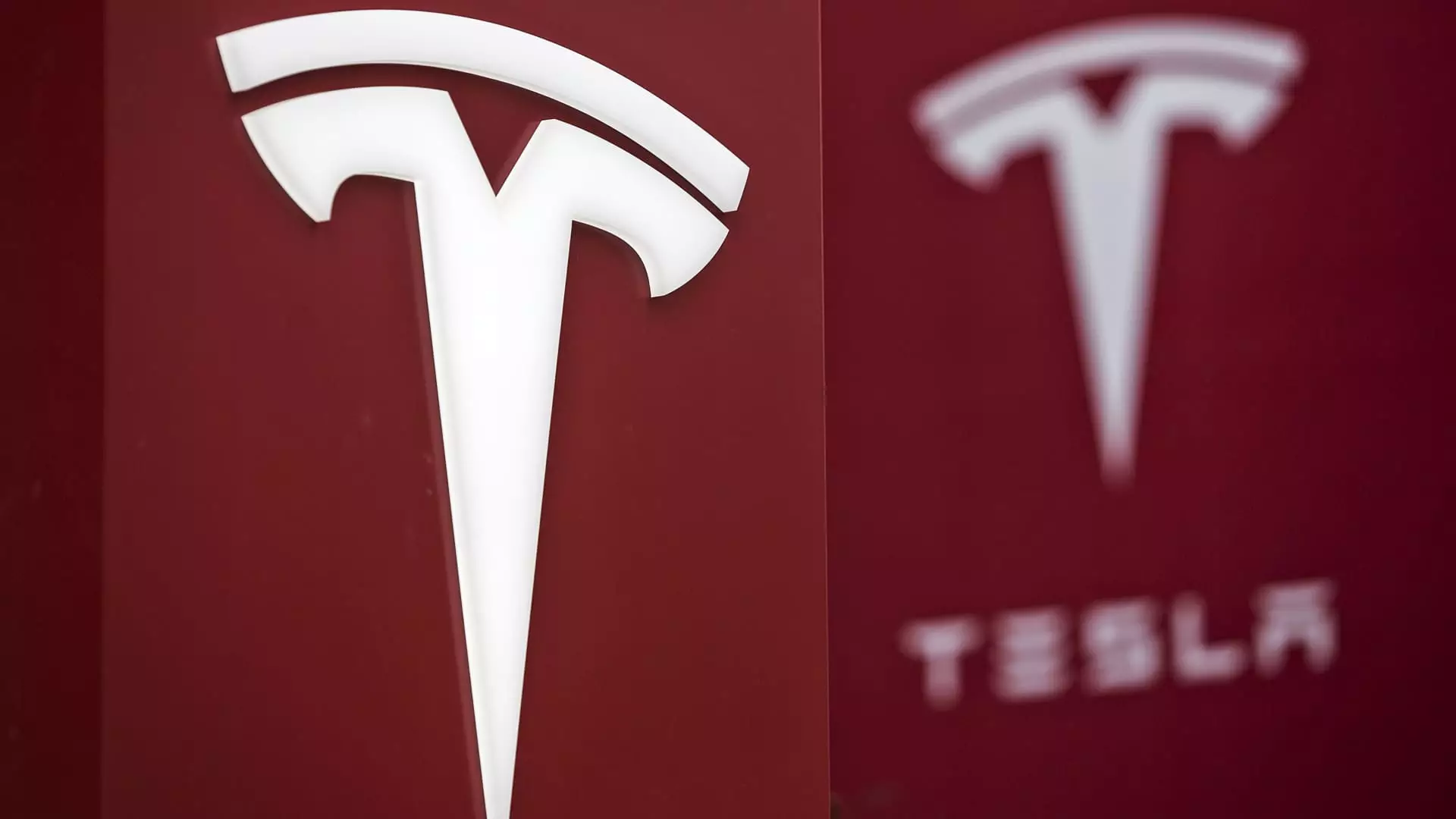Despite Elon Musk’s announcement about launching a new robotaxi product in August, Tesla has not applied for the required permits from the California Department of Motor Vehicles and the California Public Utilities Commission. This lack of permits raises concerns about how quickly Tesla could actually get its robotaxi service up and running. The DMV permits are essential for deploying autonomous vehicles on the road, and as of now, Tesla only has the lowest-level permit for testing with human drivers present.
In California, companies aspiring to operate robotaxi services need to obtain permits from both the DMV and CPUC. While Tesla has not applied for a deployment permit with the DMV, it also lacks a CPUC permit to operate as a business providing robotaxi services. This regulatory hurdle poses significant challenges for Tesla’s timeline in getting approval for its robotaxi service.
Waymo, a spinoff of Google, took eight months to obtain its CPUC permit to operate a robotaxi service that could charge fares. It’s important to note that Waymo’s regulatory journey serves as a benchmark for other companies like Tesla. Waymo’s meticulous approach toward regulatory compliance highlights the complexities of launching a robotaxi service in California.
Tesla’s approach to self-driving technology differs from other companies like Waymo and Cruise. While Tesla has focused on deploying driver assistance systems nationwide, it has not yet introduced technology for fully autonomous driving without human supervision. This technological gap could further complicate Tesla’s approval process for operating a robotaxi service.
California is a crucial market for Tesla, given its significant market share in new car registrations in the state. Launching a robotaxi service in California would allow Tesla to tap into a lucrative market, but the regulatory challenges could delay its entry into the space. It’s essential for Tesla to navigate the regulatory landscape efficiently to capitalize on the market potential.
Elon Musk’s vision for a robotaxi service has been a topic of discussion for years, but the regulatory hurdles pose a significant obstacle to realizing that vision. Musk’s plans for a decentralized ownership model and leasing strategy for robotaxis underscore the need for regulatory approval at both the state and local levels. Tesla’s regulatory compliance will be critical in shaping its future in the autonomous vehicle industry.
Tesla’s robotaxi plans face regulatory hurdles that could impact the timeline for launching the service. The lack of permits in California, comparisons with Waymo’s regulatory process, technological challenges, market impact, and Musk’s vision all contribute to the complexities involved in getting approval for Tesla’s robotaxi service. Navigating the regulatory landscape will be crucial for Tesla to bring its robotaxi vision to fruition.


Leave a Reply